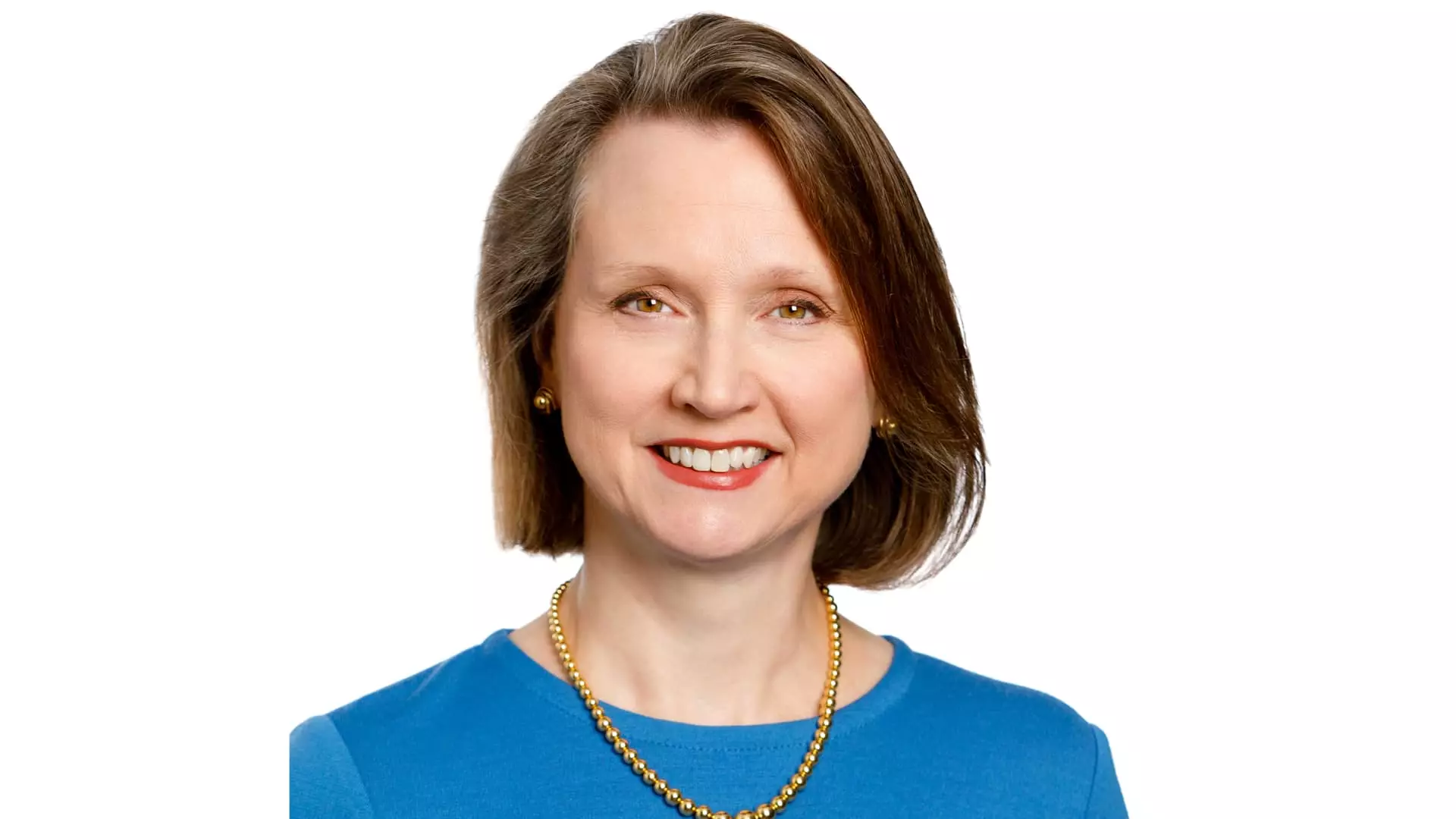Kathryn Glass embodies a narrative that is often overlooked in the finance world: the unexpected transition from academia to high-stakes financial leadership. Glass’s roots in Japanese language and literature could not be more detached from her current role co-heading Federated Hermes’ high-yield fixed-income group. Her journey reflects more than a simple career switch; it illustrates how diverse perspectives can breathe new life into a market fraught with challenges. By bridging the gap from liberal arts to finance, she has carved a niche that is both unique and compelling, demonstrating the adaptability that is essential in today’s volatile market.
The story of Glass is a classic testimony to the unpredictability of career trajectories. Despite her initial commitment to a path in academia—with advanced degrees in Japanese studies and a Ph.D. program that she ultimately left—her internship at Federated Hermes became a defining moment that realigned her professional life. This shift raises important questions about talent utilization in finance: How often do we prioritize conventional career paths over unique experiences that foster creativity and insight?
A Complex Landscape
The high-yield fixed-income market, which Glass now navigates, is a double-edged sword. Glass has established that her analytical approach is distinctive; rather than merely sifting through macroeconomic data, she engages deeply with company balance sheets, as well as the narratives tethered to those figures. This is a move that underscores a larger trend: the rising importance of qualitative analysis in an increasingly quantitative world. At a time when investors appear obsessed with numbers, the intuition required to understand the nuances of management priorities, company culture, and potential pitfalls can’t be overlooked.
Moreover, the intricate nature of high-yield bonds necessitates an understanding of both financial mechanics and human behavior. Glass captures this sentiment when she emphasizes that “high yield, it’s stories.” This narrative-driven strategy provides an insightful contrast to traditional investment paradigms, where numbers reign supreme. Yet, it also poses new challenges: how can one develop a robust narrative in markets that are notoriously cyclical and often irrational?
The Cautionary Tale of Overvaluation
Glass’s current caution regarding the high-yield bond market epitomizes the dilemma faced by investors today. With spreads tightening, indicating that risk is not being priced adequately, it raises an alarm bell that should resonate with anyone engaged in high-yield investing. Being “priced to perfection” is not just a warning; it is a reality check for investors who might be lulled into complacency by the market’s recent stability.
In a world where some analysts preach unwavering optimism, Glass remains a pragmatic voice reminding us that overconfidence can lead to reckless investment decisions. By navigating the uncertainty of today’s economic landscape with diplomatic caution, she highlights a crucial tenant of center-right economic philosophy: prudent risk management coupled with nuanced understanding can lead to smarter, more sustainable investment choices.
The Amorphous Nature of High-Yield Investing
Investing in high-yield bonds means playing a game where the rules are written in pencil, a fact that Glass underscores as she comments on her strategic movement into lower-spread names. Here lies the crux of high-yield investing: the strategic imperative to balance between seizing opportunities and fearing potential pitfalls. Unlike equities, which can often boast a clearer trajectory based on market fundamentals, high-yield investments exist within a world shaped by constantly shifting perceptions.
Glass’s resolve to focus on “very pure high yield,” eschewing bank loans and cash as strategic tools, adds another layer of complexity to her investment philosophy. It begs the question: in a market characterized by uncertainty, is purity more of a liability than an asset? The drive for quality can lead to missed opportunity costs, particularly if the market shifts unexpectedly.
The Upcoming Shock: An Inevitable Reality
When Glass suggests that the high-yield market could soon experience a “shock that sends spreads wider,” she articulates a deflationary concern that should be at the forefront of every investor’s mind. Speculative markets, buoyed by excessively optimistic valuations, are always vulnerable to unforeseen disruptions. Recognizing the inevitability of market corrections isn’t simply prudent; it’s necessary for survival in a world where volatility is less an anomaly and more the standard.
The cautious await golden opportunities in these scenarios, while the bold might impulsively chase fleeting trends. In the end, it is the disciplined investors, those who remain alert to the shifting tide, who will find themselves best positioned to capitalize on the chaos that often follows.
Through Glass’s calculated and qualitative approach to high-yield investments, we see the importance of resilience and adaptability in financial markets. In a sector underscored by unpredictability and sophisticated analysis, the goal isn’t merely to ride the waves but to anticipate the storms lurking on the horizon.

